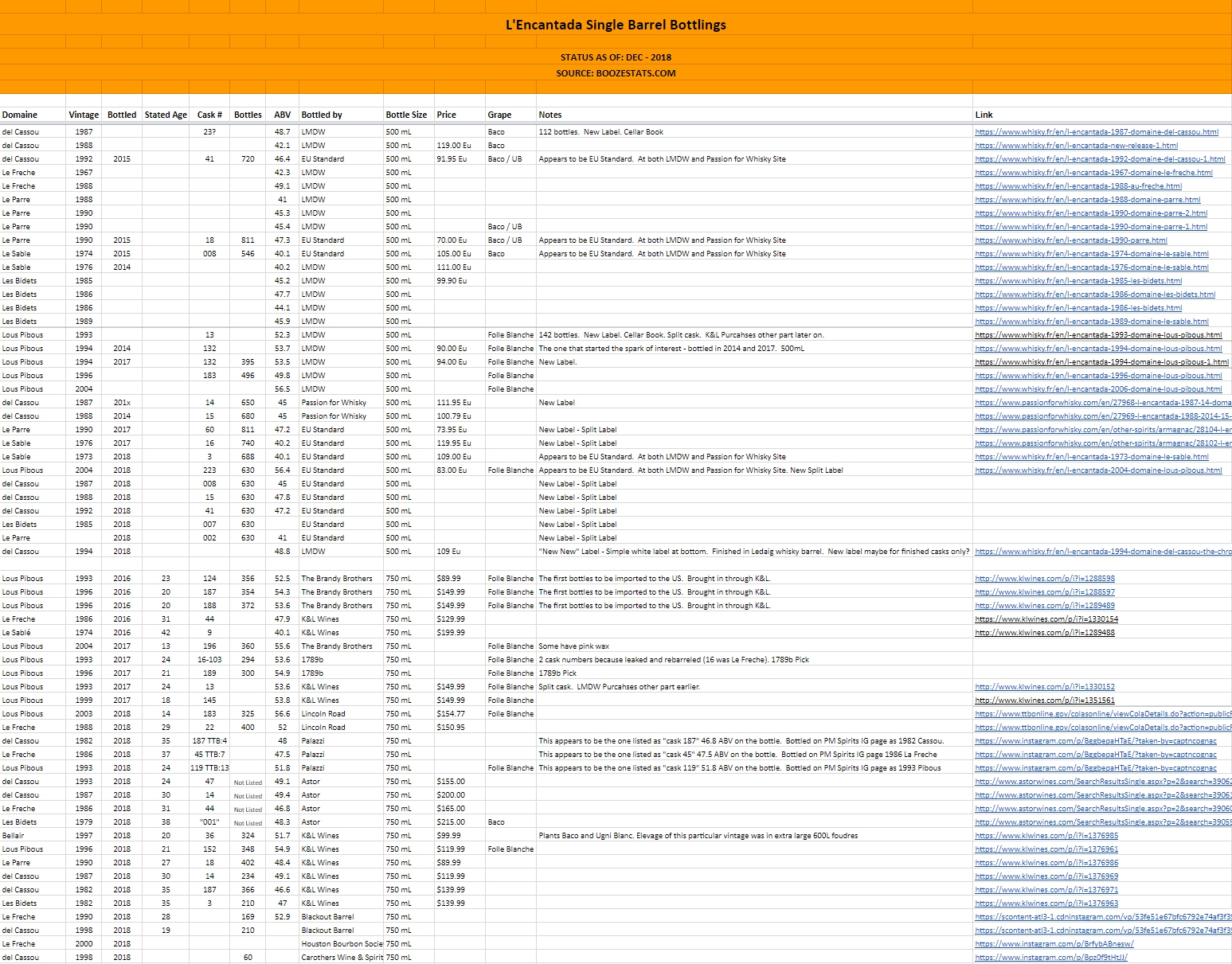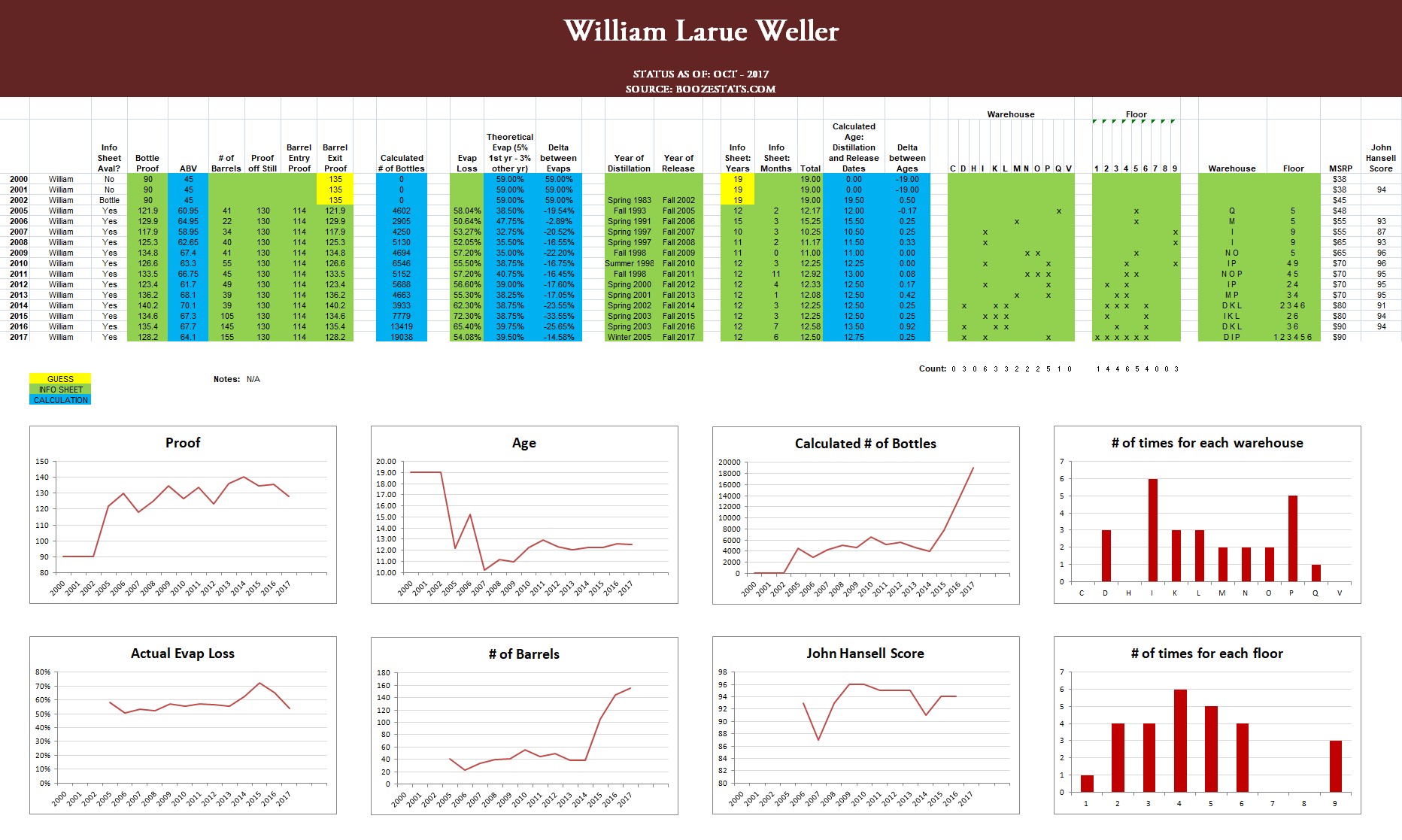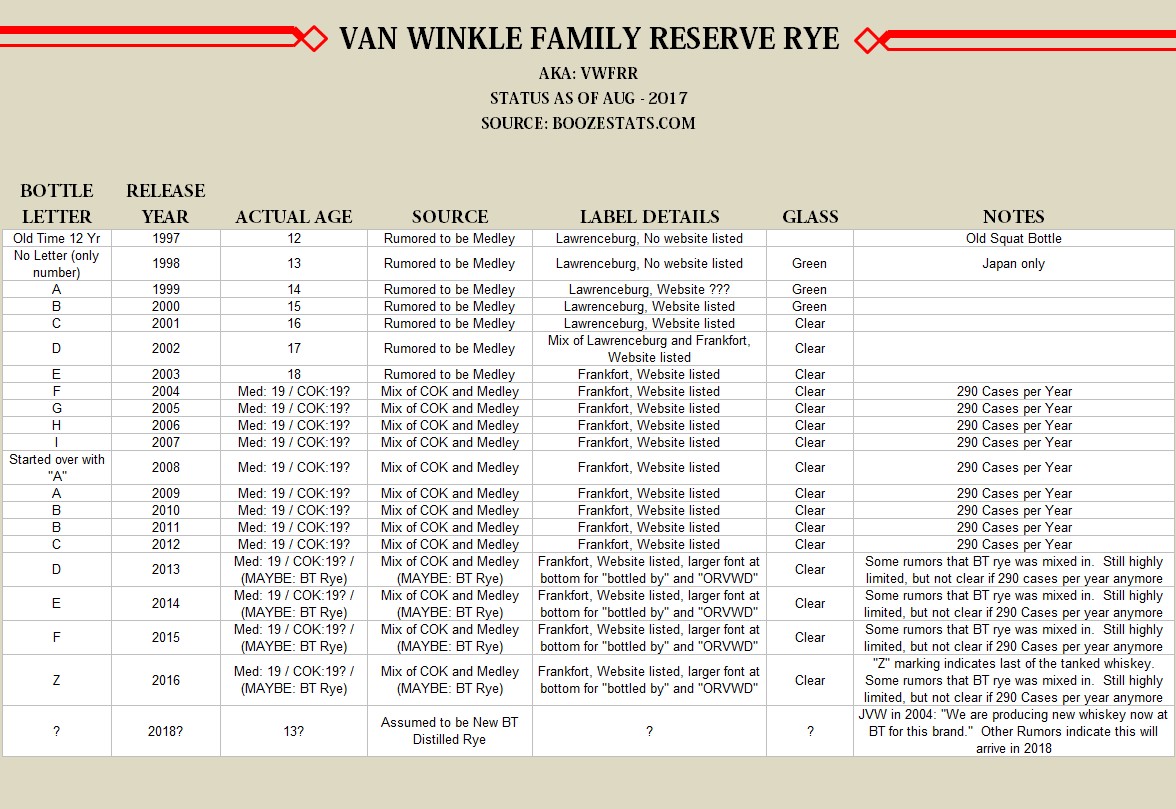UPDATE DEC 2018:
A few updates since my last post in June
- I split the EU and the US bottlings to make that easier to understand
- Come to find out, many of the EU bottlings weren’t LMDW exclusives, but rather available to multiple EU retailers. I list this as “EU Standard”
- Speaking of LMDW, they just got a new one that has an all new label that is very clean and looks very modern
- In addition to the major retailers, you can see smaller groups doing barrel purchases recently. I don’t have all the details for these, so feel free to send along info if you do.
- Palazzi’s three mystery casks that he posted on IG still haven’t shown up anywhere.
- Overall 2018 was a BIG year for L’Encantada. They bottled over 2 dozen casks!
Updated Sheet: Google Sheets Link
ORIGINAL POST:
Well, its been roughly 6 months since my last post. Did I say my posts would be infrequent? 🙂
Anyway…
Next up is what I think is the first attempt at listing all the L’Encantada Single Barrel Bottlings. For those that don’t know, L’Encantada is an Armagnac bottler in Gascony that has been getting access to some pretty great single barrels from a variety of producers in the Armagnac region. They started their sales through LMDW, and did quite a few bottlings for them as you can see in the sheet. Since then, there has been good interest in the US as well. Here is what I believe to the best of my knowledge is all their single barrel bottlings:

Also, here is the Google Sheet (read only for now)
A few notes:
- These are all mostly single barrels. However, L’Encantada sometimes reuses barrels or will split barrels. I’ve tried to indicate in the notes where there are unique situations.
- L’Encantada also does non-single barrel bottlings which are also quite nice. However, I have not included them in this sheet.
- It is a little tricky to figure out the info for the LMDW bottlings. Sometimes the picture of the bottle and the info on the page didn’t match. I’ve tried to put what was on the bottle in most cases.
- Specifically in regards to Pibous, all casks after 1992 are Folle Blanche
- I probably should just make this an open sheet and allow others to edit, but I think for now I’ll just keep as read only.
In the interest of full disclosure, I myself am a Brandy Brother and was part of the group that helped bring in the first bottlings into the US. I’ve been drinking “Yak” (both Cognac and Armagnac) for over a decade now and love the taste. When we tasted samples from L’Encantada, we were really impressed and couldn’t wait to bottle some of these.









